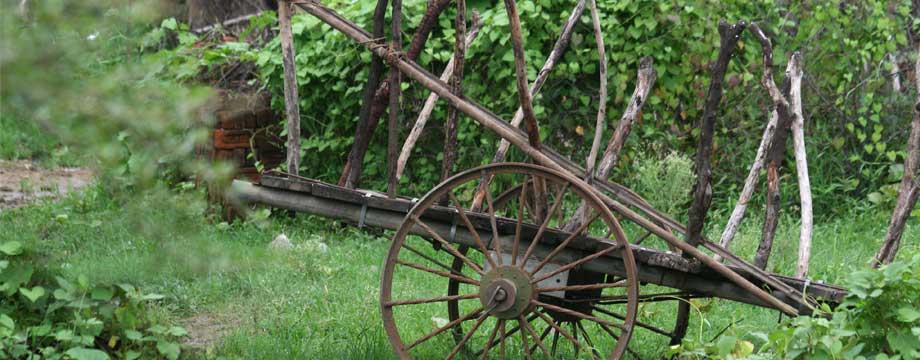In the colony of Victoria, alcoholism and its effect was a serious problem. I find as I troll through old articles that many a problem drinker is either gaoled for vagrancy or put into a “lunatic” asylum. The behavior of serious drinkers often led to a state of delirium tremens or alcoholic hallucinosis. Left untreated, severe alcoholism causing the DTs has a mortality rate of up to 35%. By 1889 the Victorian government recognized that another system was needed and a boarding house in Guys Hill (then known as Beaconsfield and later as Inebriates Hill) was converted to an inebriates asylum. This was the first of its kind in Victoria and it caused a sensation and not for all the right reasons.
In 1888-1890 The Inebriate Asylum bill was passed through State Parliament. This bill made it legal for a police magistrate, judge, Master-in-Lunacy, two doctors or in some instances a family member or friend to have the drunkard detained and committed to the asylum. The patient could also sign a bond and voluntarily enter the asylum. Alcoholic beverages were banned, their mail was opened and the inmates were not allowed to keep money or stamps. A doctor visited from nearby Berwick but was not living on the property. It became apparent that women also needed to be catered for. A second property situated about 2 miles away on Hughendon Road was leased and set up for female inmates.
Mr. Thomas Bissell
Mr. Bissell was admitted to the asylum on the 25th of April 1891 by his wife who kept a shop in South Melbourne and it was she who paid the fees. On the 27th of April, Thomas Bissell was found standing outside in the rain and the staff had trouble moving him inside. At 2 pm on the 28th, the superintendent instructed staff to remove his clothes and leave him dressed in only his socks, underwear and a nightshirt. This was in an effort to make him remain undercover. During the night of the 28th a staff member slept in his room to keep an eye on him. During that night, without waking the guard, Thomas opened the window and escaped dressed only in his night clothes.
The police were called and over 100 people including the black trackers from Dandenong searched for him with no success. The police became concerned that he was trying to make his way to the home of his wife and they feared for her safety. A reward of £15 was offered but no trace of him was found until nearly 4 months later on the 21st of July. A young man by the name of McPhee found the skeleton of a man while wallaby shooting. The area is described as a gully about 12 miles (19 kilometers) from the asylum and about 4 miles from the nearest road and in the Gembrook Ranges. After finding the body he met up with an acquaintance named Andrew O’Conner and asked him for directions to the nearest police station as he wanted to report the matter. When he awoke in the morning O’Conner had beaten him to the station and made a claim on the reward. The matter was decided by the Chief Secretary and the reward was paid to McPhee.
Relevant Thomas Bissell Links
Mr. Frank Key
Mr. Key was a well known cordial manufacturer in the Seymour district. “At the time of his admission he was suffering from alcoholism and was in a weak state.” His wife put him into the Beaconsfield Asylum and she paid £1 per week for his board. On the 3rd of January 1892, Mr. Key put a gun to his chin and committed suicide. It seems that the inmates were not allowed money or stamps, all of their mail was read and searched but the inmates were allowed to keep firearms in their rooms. This policy was in place because the inmates were encouraged to go fishing and hunting to “relieve the monotony of their detention”. Mrs Key visited her husband in the week prior to his suicide. She had noticed the firearm in his room and had written to the secretary of the institution, alerting him to the gun and warning him that her husband was suicidal. The warning was not acted upon.
Six months later, the government passed a motion to close the Beaconsfield and Northcote Inebriates Asylums due to low demand. The cost per year of running Beaconsfield was 2000 (roughly equivelent to $300,000 today). Following the closure of the men’s asylum the property was let out privately until it burnt in 1894 while undergoing renovations. In 1906 it was reported that the government was trying to open another asylum and penitentiary on French island. This did not eventuate and instead the McLeod Prison Farm was established.

